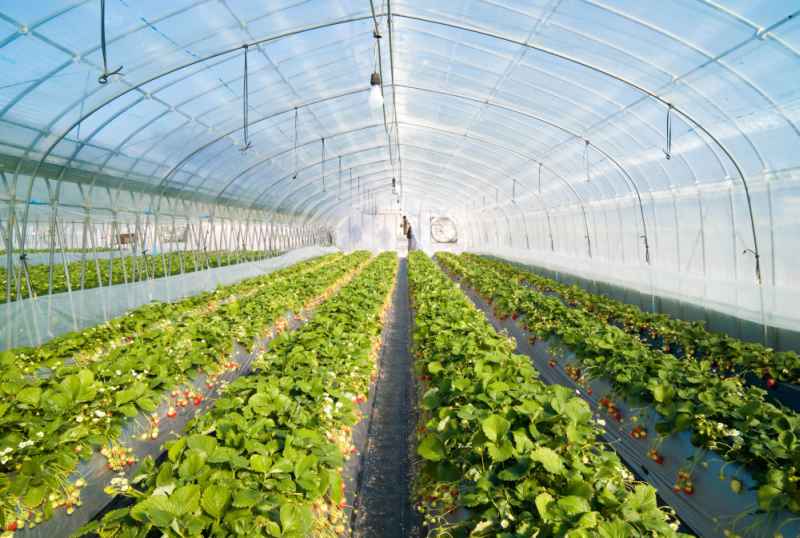
With an ever growing global population and limited resources, meeting the demands of feeding the planet is a continuing challenge for farmers and food growers globally.
With the increasing importance of fresh fruit and vegetables to ensuring a healthy diet, local production of organic fresh food is becoming a more sustainable business as the markets respond to dietary demands.
This article will focus on the application of new monitoring technologies on growing products in greenhouses although the concepts can be applied to general crop growing.
Producers can ship fresh product based on quality, yield and timing. The quality will be based on the growing process and the handling of the product and the quality of the stock seeds or seedlings.
Stock quality will also affect yield as will the process and the environmental conditions that affect it.
Timing is everything
They say that timing is everything and it certainly is with fresh produce.
Providing product when there is a glut will seriously impact profits as will of course the opposite of providing during a shortage.
The fine balances associated with this multi variable problem is the thing that makes the difference between a successful and unsuccessful grower.
Significant improvements in performance can be achieved by carefully monitoring the environmental conditions during growth.
The main environmental conditions that will impact the rate of growth and yields of produce can be considered to be: Temperature; humidity; moisture or water supply; radiant energy; atmospheric composition; soil aeration and soil structure and soil reaction.
Wireless sensors
In terms of temperature, plant growth occurs in a fairly narrow range, 16 - 40 degrees C.
Low temperatures or frosts can cause major damage with some crops and yet is seen as advantageous for others.
Temperature can also affect photosynthesis, respiration, transpiration and absorption of water and nutrients.
By regularly monitoring these variables within the guidelines for each of the crops higher yields and quality can be achieved.
Most greenhouses are located remotely, they may vary in size and also may be re-configured regularly for differing crops.
By using wireless sensors connected to a 2G or 3G cellular network, greenhouses can be monitored from anywhere there is a cellular radio signal.
The wireless sensors can be deployed up to 100M from the cellular gateway. Because there are no wires they can be placed in the most applicable part of the greenhouse and easily redeployed if required.
Sensors available include temperature, humidity, light intensity. Data can be acquired on a regular basis and or can be transmitted via email or SMS in the event of an alarm or a fault condition.
Secure data
Data is stored securely in the cloud and is accessible using appropriate security to any ubiquitous device such as PC, tables or cell phone.
By keeping accurate records of environmental conditions for various crop types, quality control can be better achieved and yields improved
Alarms can be sent in real time via email or SMS in the event of excess temperatures or frosts, thereby offering preventative action.
Main Features are: low cost; simple to deploy; remote monitoring and data loggin in the cloud; global acces to data and alerts and alarms with fault conditions.
With wireless sensors starting at approximately £50 this technology is now readily available not just for the larger greenhouse owner but smaller growers.
